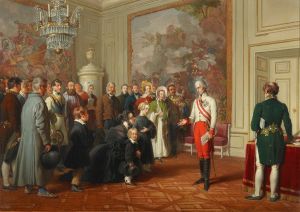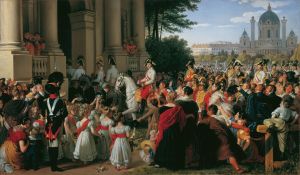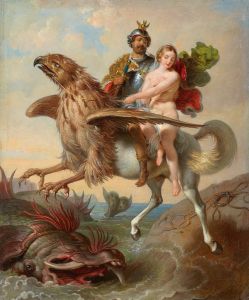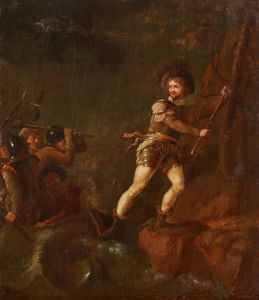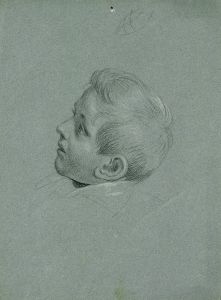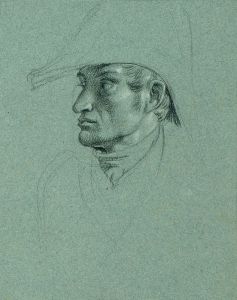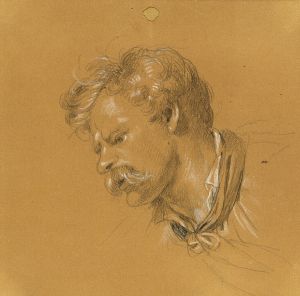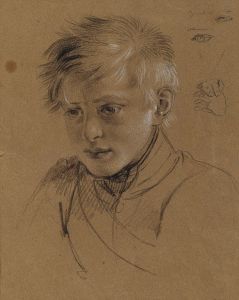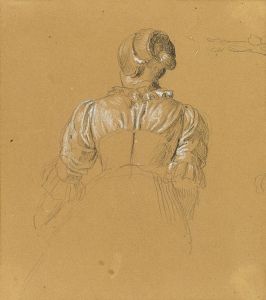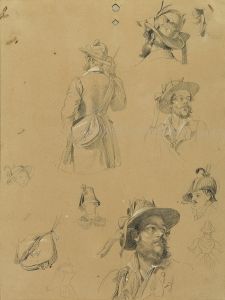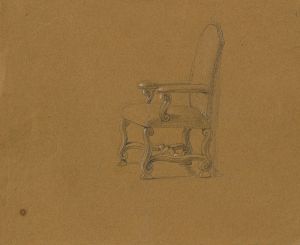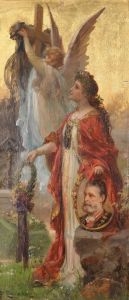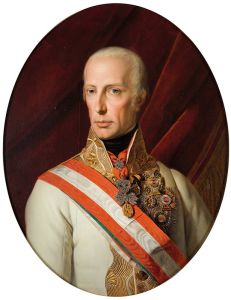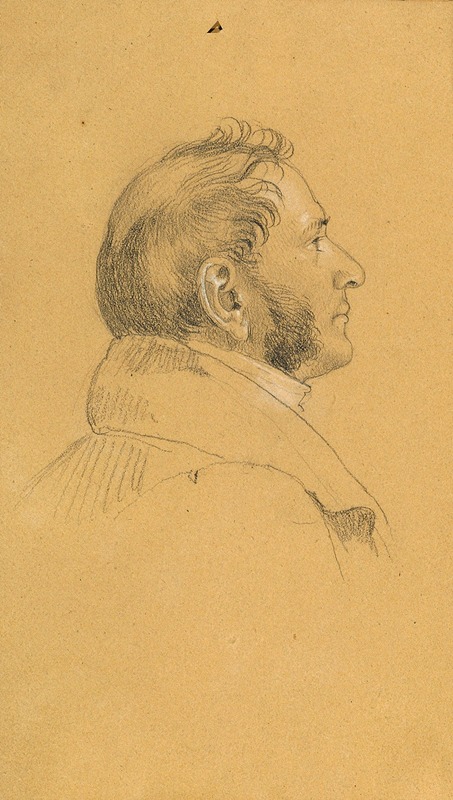
Kopfstudie zu ‘Rückkehr des Kaisers Franz aus Pressburg’
A hand-painted replica of Johann Peter Krafft’s masterpiece Kopfstudie zu ‘Rückkehr des Kaisers Franz aus Pressburg’, meticulously crafted by professional artists to capture the true essence of the original. Each piece is created with museum-quality canvas and rare mineral pigments, carefully painted by experienced artists with delicate brushstrokes and rich, layered colors to perfectly recreate the texture of the original artwork. Unlike machine-printed reproductions, this hand-painted version brings the painting to life, infused with the artist’s emotions and skill in every stroke. Whether for personal collection or home decoration, it instantly elevates the artistic atmosphere of any space.
Johann Peter Krafft's Kopfstudie zu ‘Rückkehr des Kaisers Franz aus Pressburg’ (Head Study for ‘The Return of Emperor Franz from Pressburg’) is a preparatory study created by the Austrian painter Johann Peter Krafft (1780–1856). Krafft was a prominent artist of the Biedermeier period, known for his historical paintings, portraits, and genre scenes. This particular work is a head study, a type of preparatory artwork in which the artist focuses on the detailed depiction of a subject’s face or head, often as part of the planning process for a larger composition.
The study was created as part of Krafft's preparatory work for his larger painting Rückkehr des Kaisers Franz aus Pressburg (The Return of Emperor Franz from Pressburg). The final painting commemorates the historical event of Emperor Franz I of Austria returning to Vienna after the signing of the Peace of Pressburg in 1805. This treaty, signed in Pressburg (modern-day Bratislava), marked the end of the War of the Third Coalition between Napoleonic France and the Austrian Empire. The treaty imposed significant territorial losses on Austria and was a pivotal moment in European history during the Napoleonic Wars.
Krafft’s head study demonstrates his meticulous attention to detail and his ability to capture the individuality and expression of his subjects. Such studies were common practice for historical painters of the time, as they allowed artists to refine specific elements of their compositions before executing the final work. The study likely depicts one of the figures featured in the larger painting, though the exact identity of the subject is not specified.
Johann Peter Krafft was deeply influenced by the neoclassical style and sought to combine historical accuracy with emotional resonance in his works. His paintings often served as visual records of significant historical events, reflecting the cultural and political climate of his era. While the final painting Rückkehr des Kaisers Franz aus Pressburg is well-documented as part of Krafft’s oeuvre, individual studies like this one provide insight into his artistic process and the methods he employed to achieve the realism and narrative depth characteristic of his work.
The current location of Kopfstudie zu ‘Rückkehr des Kaisers Franz aus Pressburg’ is not widely documented, and further details about its provenance or exhibition history are limited. However, Krafft’s contributions to Austrian art remain significant, and his works are studied for their historical and artistic value.





